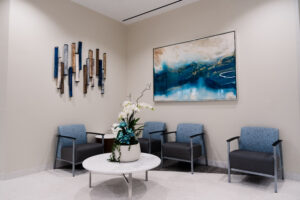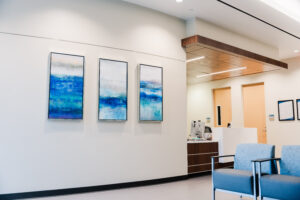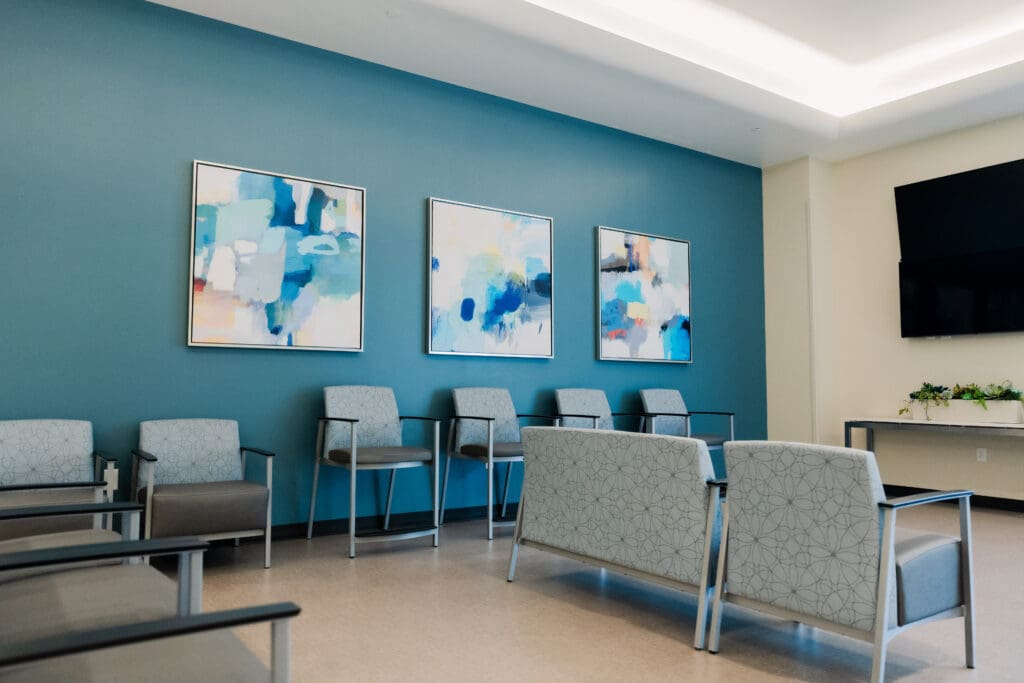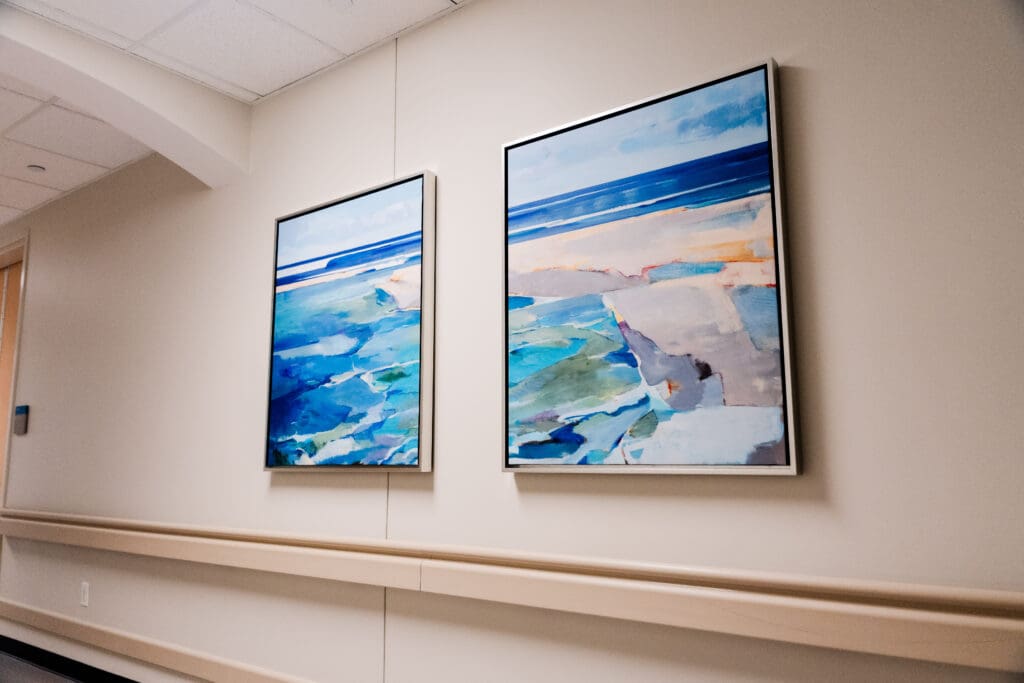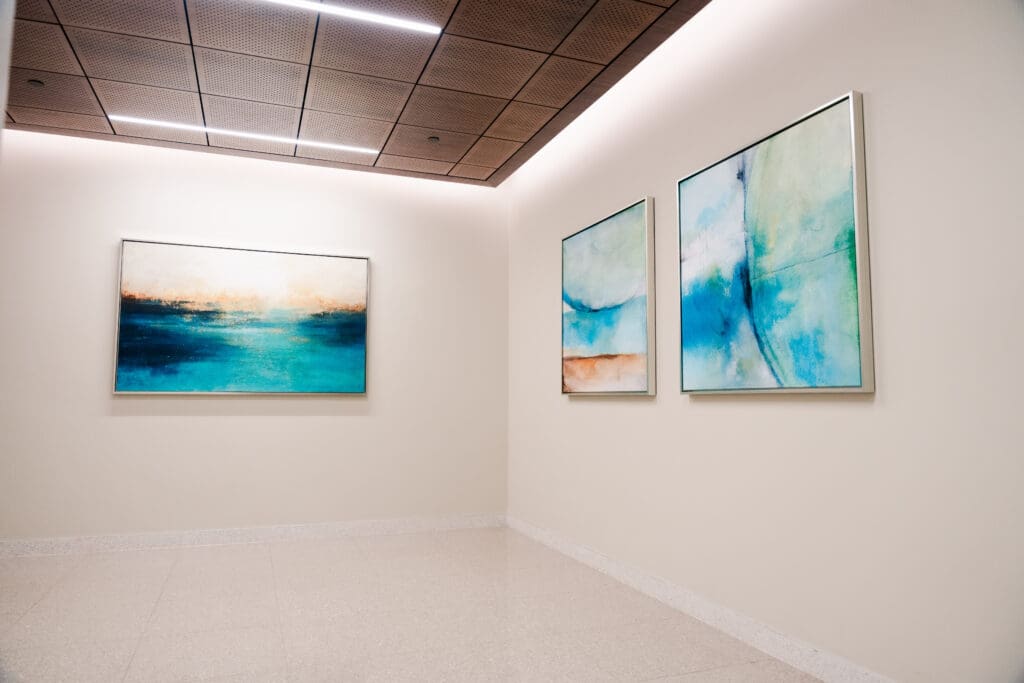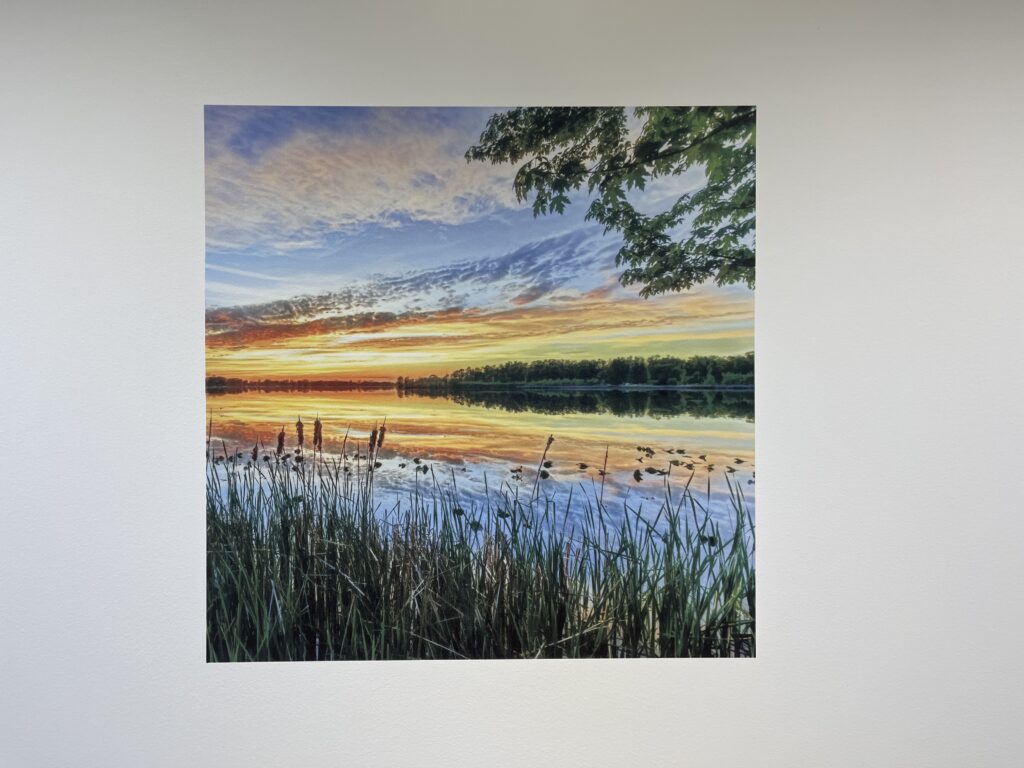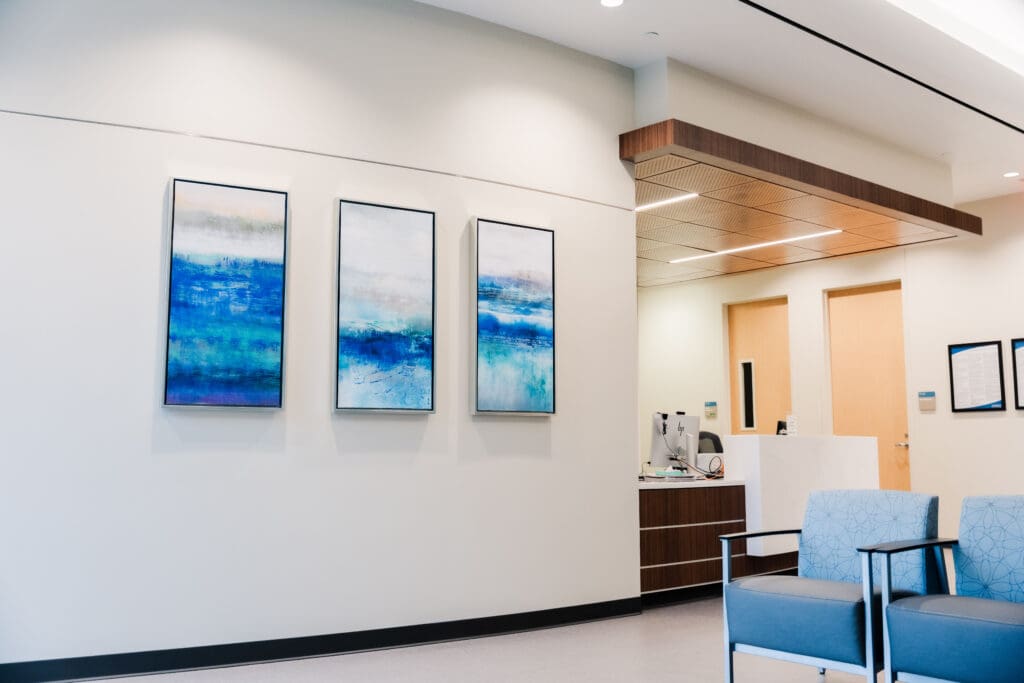The Impact of Art on Mental Health and Individuals with Neurodivergent Characteristics
Houston-Based American Art Resources Creates Healing Environments and Meaningful Spaces
BY PC Studios //Studies show that looking at art, especially nature scenes, lowers stress, eases anxiety, and even helps people recover faster in hospitals.
This article is promoted/partner content and not produced by the editorial staff.
It’s a known fact that art can have a soothing presence. Step inside an art museum and you’ll feel the room take a collective sigh. Art therapy is a popular form of relaxation for a reason. The impact of art is all around us and immediately sets the tone for a space. No one knows this better than Houston-based organization American Art Resources (AAR), a turnkey consulting firm that creates healing environments and meaningful spaces that enrich the human experience.
This is especially true when it comes to the impact of art on mental health and on individuals with neurodivergent characteristics.
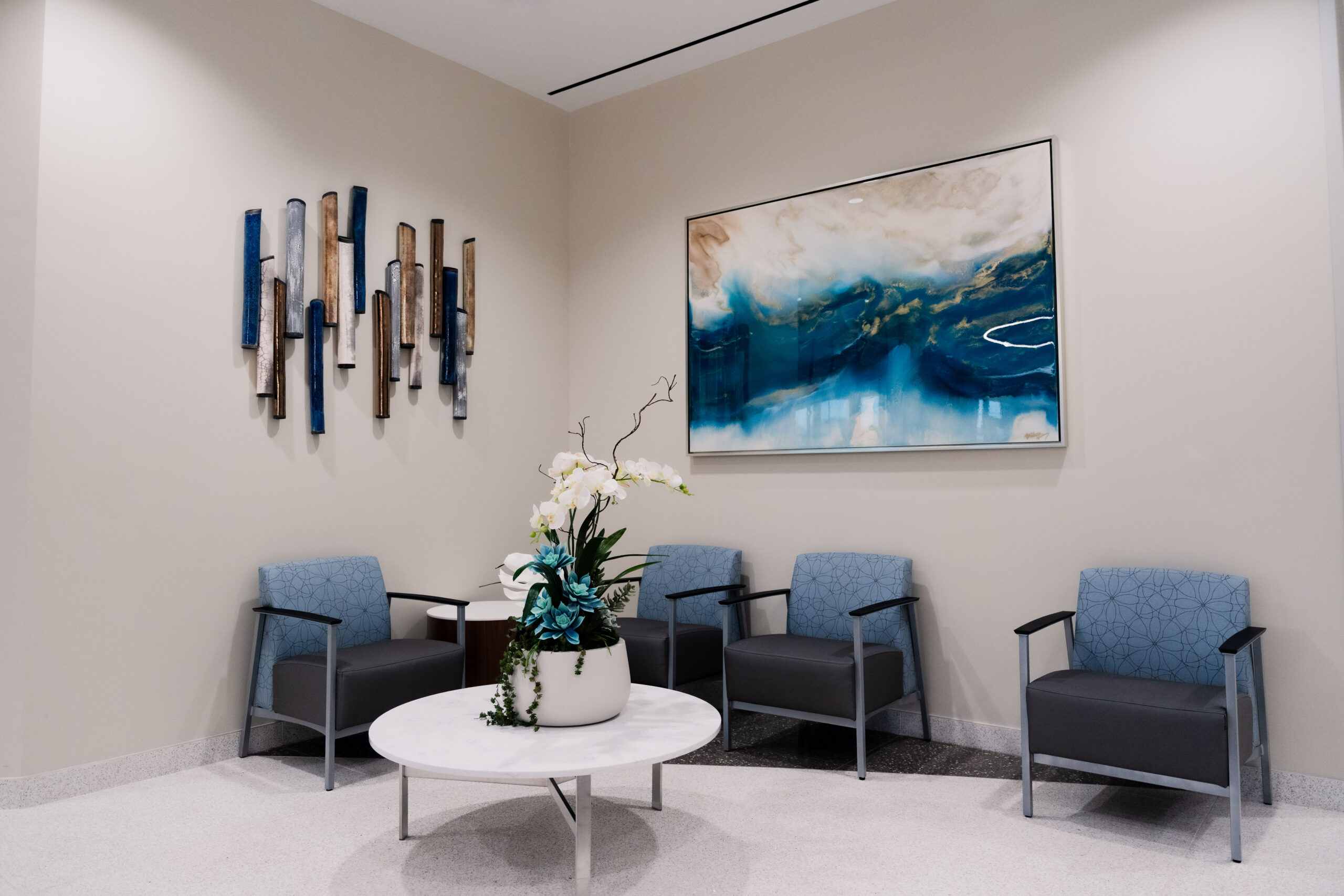
Art and Mental Health
“Studies show that looking at art, especially nature scenes, lowers stress, eases anxiety, and even helps people recover faster in hospitals,” says Madison Beckett, American Art Resources Business Development and Marketing Manager. “Pastels, muted blues, and greens are particularly calming.
It can even help those who are physically recovering, too.” Art has been proven to help support physical healing, as Beckett notes that patients with views of nature or soothing artwork often need less pain medication and report feeling more comfortable.
“I prioritize art that offers moments of calm, hope, and promotes dignity,” says Keira Terrasson, American Art Resources Co-Director of Art Consulting and Project Manager for the firm’s largest behavioral health client, JPS Health.
Feeling creative? Getting hands-on with art helps, too. Making art has been linked to lower levels of depression and anxiety.
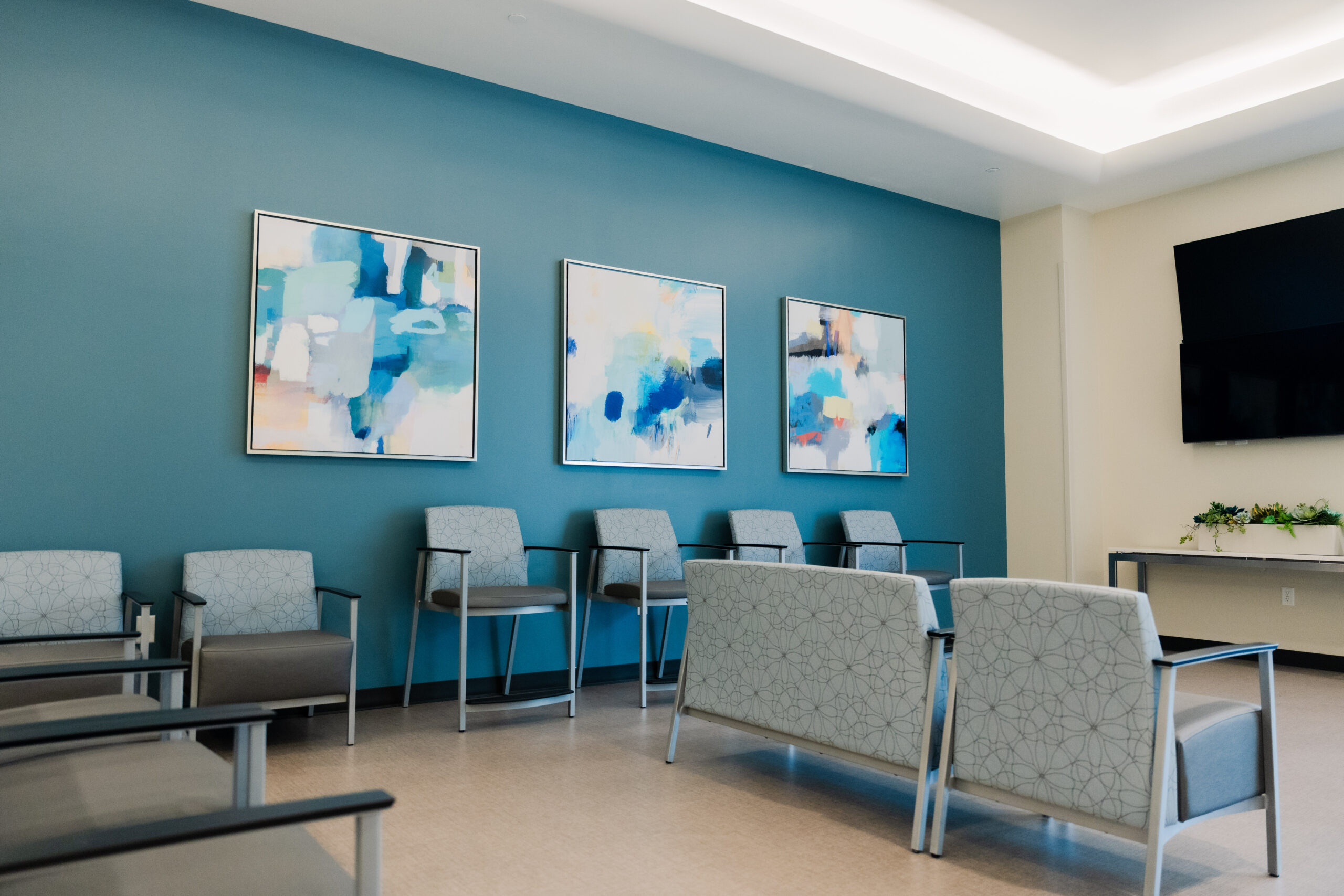
Art and Neurodiversity
Art and neurodivergent individuals have a very special relationship. Sensory-friendly design is of the utmost importance.
“For people with autism, ADHD, or other neurodiverse experiences, colors, lighting, and patterns can either help them feel calm or make them feel overwhelmed,” notes Beckett. “We need to be careful when designing, especially in schools, to consider those individuals.”
According to Beckett, simplicity works best in these situations. Gentle colors, softer patterns, and clear layouts help create environments that feel welcoming and safe. Choice and control also help. The organization creates spaces that let people adjust the lighting themselves or choose quieter areas that are especially supportive and effective.
“Keep in mind that neurodivergent kids may be sensitive to sensory overload,” says Michael Zepeda, Associate Principal and Immersive Experience Director, PBK Architects. “The space should not be overwhelming.”
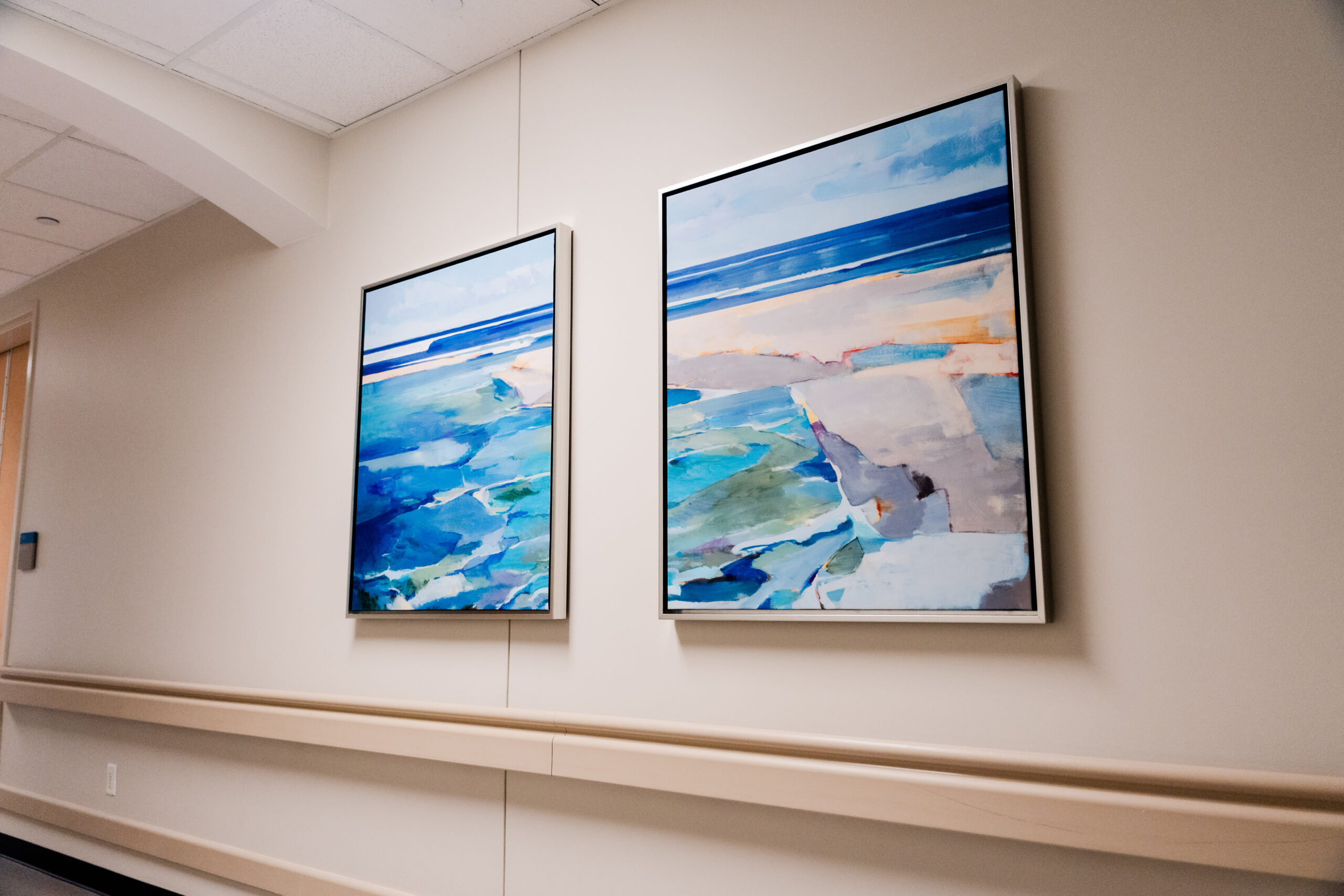
Where To Use Art
It’s all about location. Art isn’t just decoration. It can actually improve health and well-being through evidence-based design. Thoughtful choices in color, imagery, and placement can make spaces more inclusive for everyone, including people with sensory sensitivities. Whether in hospitals, schools, or public spaces, art has the power to calm, connect, and heal.
“Many people think art is just ‘fun time’ or unstructured play,” says Zepeda. “Art is a powerful tool for learning and development, whether making it or being around it. All kids do not respond to art the same way. Each student has different needs, triggers, and interests.”
Mental Health Facilities
In mental health facilities, art should be both safe and soothing. For AAR, that means using specially anti-ligature designed frames and glazing materials that are more durable. Or, they will print directly on the wall using the wall pen, which AAR has been successfully using for some of its behavioral health clients. They’ve seen nature-inspired pieces especially effective in lowering stress and promoting recovery.
“In these spaces, I intentionally avoid overly abstract imagery or extreme close-up and macro photography, as these can introduce confusion or agitation, especially in clinical and behavioral health environments,” says Terrasson. “My selections focus on imagery that evokes clarity and openness, particularly expansive landscapes with strong horizons and depth, which research has shown to provide a restorative effect and positive distraction. Color palettes are carefully curated, with an emphasis on blues and greens to support relaxation and healing.”
Schools
In schools, art can make spaces feel more inviting, help with focus, and give students a sense of belonging and purpose. Student-created artwork or rotating exhibits also give kids a way to express themselves and see their voices reflected in their environment.
Public Spaces
Public art helps build community and makes everyday places, like transit stops or waiting areas, more uplifting. When art reflects local culture and nature, people feel more connected and supported.
“At the end of the day, art gives kids who are neurodivergent a safe way to express emotions and thoughts when words may not come easily,” says Zepeda. “It supports sensory regulation, can build confidence, create a sense of accomplishment, allow for choice-making, strengthen fine motor skills, foster connection and inclusion with peers, and so much more.”







